Science versus religion is one of the longest-running debates in civilization, one that’s pushed to the forefront yet again when co-writer and director Conor Allyn‘s latest feature In the Fire releases in select theaters as well as digital and on-demand this Friday, Oct. 13.
Amber Heard stars as Grace Burnham, a doctor that’s traveled to South America in the 1890s to care for a troubled young boy that seems to have inexplicable and borderline supernatural abilities, which have caused the child and his father (played by Lorenzo McGovern Zaini and Eduardo Noriega) to be shunned by the community after the Christian-leaning locals proclaim the youngster to be possessed by the devil.
Although it’s not a horror movie in the strictest sense of the world, In the Fire has enough unsettling moments and unexplainable developments to justify its release on the spookiest day on the calendar, although there’s much more going on under the surface. Dealing with themes that are as prescient and timely now as they ever were, Allyn sets out an ambitious genre-blending stall that moves between several mediums and allows the audience to draw their own conclusions.
Ahead of In the Fire releasing this weekend, We Got This Covered had the chance to speak to Allyn about his film, where we cover the project’s long gestation period, the intentional thematic ambiguity, telling a period piece that resonates today, collaborating closely with Heard to build the main character from the ground up and much more, which you can check out below.
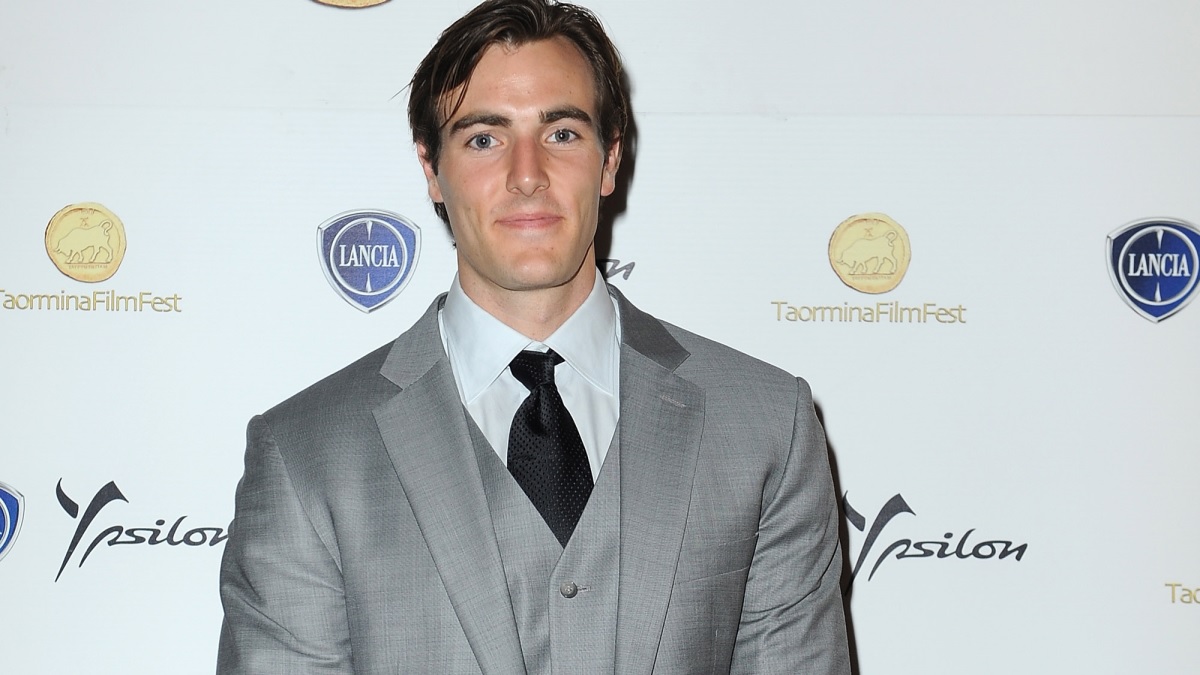
It’s been well over a year and a half since the project was first announced, a while since you shot, and nearly four months since the premiere, but how doesit fell knowing In the Fire is releasing this week?
Conor Allyn: Oh, it’s amazing. It’s like, it’s actually, it’s mixed, right? I mean, what you don’t know is I think I wrote the first draft of this in like, 2014. So we’re coming up on a decade, since writing the first iteration of the scripts, having the idea, and then actually getting people to see it. So that’s very exciting. Overwhelmingly exciting.
And then, there’s also the horrible anxiety that’s in any filmmaker’s stomach, as people actually see all their personal concepts and stuff in characters out on the screen, and just hoping people like it or watch it, or, getting ready for that. So, I’m nervous excited, call it that.
It’s not necessarily a horror movie per se, but it’s definitely got those vibes throughout, so you must be quite happy with the coincidence of getting a Friday the 13th release in October?
Conor Allyn: Yeah, not I’m sure. We’ll have to… we’ll have to tag our distributors on that one. But I’m sure it’s not a total coincidence. But yes, when they first told me Friday, October the 13th, my initial reaction was like, “Whoa, whoa, whoa, that’s, that’s a bad day.” Right? Nobody wants to open on Friday, October 13.
And then I sat on that for about two seconds and thought, “Actually, that a great day.” It’s a good idea. Yeah, it isn’t a horror movie in the classic sense. But we’re definitely drawing upon formative movies when I was kid; The Exorcist, The Omen. Those were definitely in my mind early on, but trying to create some new space and that sort of demonic possession subgenre of science versus religion, and have a movie that’s a little bit more ambiguous, where the disturbed kid who’s different, who’s ostracized from his community, we’re not sure.
We’re asking this character of the doctor who comes to treat him, we’re asking her as well as we’re asking the audience to interpret some things that we see; “Did I just see something with a practical explanation? Or did I just see some magic, or something supernatural?” And we don’t always know, for certain, what it is that we saw, we have to make our own decisions or our opinions.
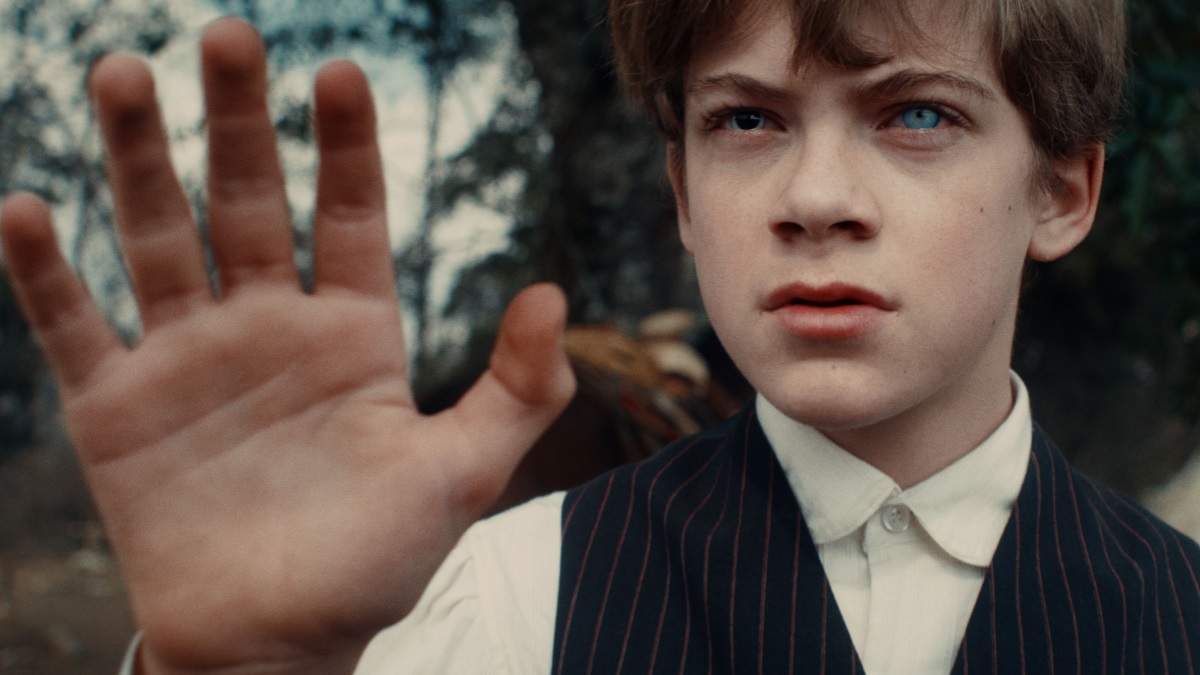
Along similar lines, there’s a lot of different genre elements in play often at the same time in the same scene, so were you always aware of that tonal tightrope to ensure that one never overpowers the other, because at the end of the day you can’t really quantify it as simply being one thing?
Conor Allyn: Yeah, we’re definitely mixing some genres. For me, as a storyteller, I get a lot more enjoyment out of creating a new world, a new space for the audience than retreading something that we’ve already seen. So you pull inspiration from other films, but for example, the atmosphere, there’s a world this movie is happening. It’s a Western, but it’s happening in South America.
And so I was calling it a gaucho Western, because it’s got some elements of the Western in the “gun on your hip” culture. But we’re speaking Spanish, you know, in South America, which seems really appropriate because it’s also a movie about science versus religion. And you know, Latin America is an incredible place.
There’s a strong thematic undercurrent as well, and it’s not difficult to imagine that different audience members will interpret the film in different ways, but were you always aiming for that unforced ambiguity from the very beginning, or did it start to come together that way during the creative process and ultimately into the shoot?
Conor Allyn: Yeah, no, I think we we wanted some ambiguity. And you don’t want to be too ambiguous, and the audience just like, “Alright, wait, hold on, who’s the loser good guy, who’s the bad guy?” You know, I think you want it to be a little more clear than that. But we did want to have room for interpretation.
I like for the audience, me as a viewer, I like to be a part of the experience, and not just be spoon fed, “Okay, he’s a good guy, we love him, let’s go see him kick some ass.” So this is a movie where through the eyes of this doctor who comes with her modern ideas, she’s the modern audience showing up in this remote place. And she’s come with her preconceived notions, as the audience will, they’re gonna meet this disturbed boy.
And they’ll say, “Okay, in our modern way, he’s on the spectrum.” That’s why he’s different. he’s mentally ill. But then we see some things that maybe science can’t quite explain. And now we’re in a quandary. Now we have to start forming some opinions of our own, and hopefully leaning over to our spouse and saying, “Wait, did you ever wonder, so wait, is he what?”
But it was also a fine line of providing a practical explanation, up to a point at least, for everything, so that you see something and you say, “Okay, maybe that thing just fell down by itself.” Because we saw it was windy, or whatever. But also, maybe it was a bit of an edge.
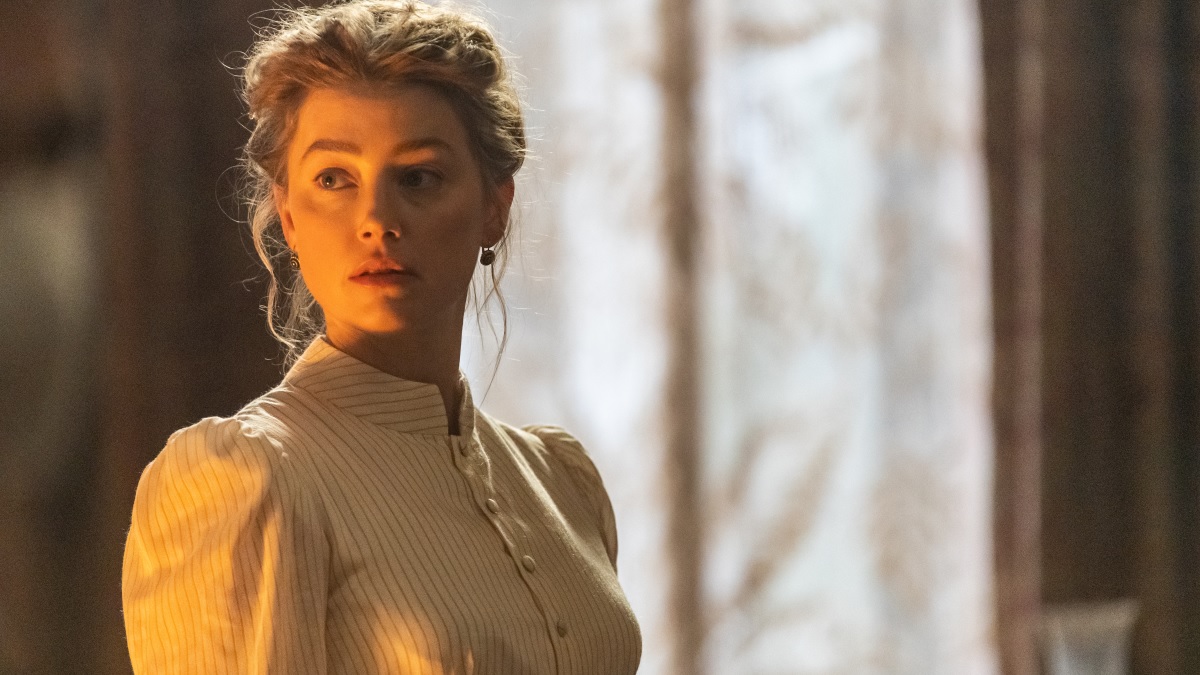
I don’t want to say career-best because I haven’t seen them all, but I will say it’s the best performance I’ve seen from Amber in anything I’ve seen her in, so was there a lot of collaboration between you guys on how to build Grace from the ground up, because she’s a complex character that requires a complex performance to do justice to not just the script and the story, but the themes as well?
Conor Allyn: Yeah, yeah. I mean, Amber was involved, she was the first person to sign on in this movie, she was involved super early, and she dug her heels in big time. She’s the kind of actress who’s like, she’s not just gonna do stuff for the money. She’s either doing it, or she’s not gonna do it. And so she was very committed.
She loves to read. So, we’re sort of sharing different books about… she couldn’t read anything that happened after the turn of the century. So books about psychology and medicine, and reading like original Sigmund Freud and stuff like that, so that we stayed honest to the capabilities of science at that time. And so the big arc for her that we worked on a lot, was she shows up as this kind of icy, unemotional doctor who’s there for science.
She’s there to prove herself as a psychologist in a time when female doctors, there weren’t very many of them. And psychology itself was not at all respected. So she’s there to prove herself. And she’s not there to make an emotional connection with this kid. And of course, he’s disturbed, he’s emotional, at his core. And yet, over the course of the movie, these people make this connection. And she starts to protect him, not because he’s a kid, and she thinks he’s mentally ill, while everyone else thinks that he’s, you know, a demon.
She’s developing a maternal relationship with him also. And, you know, as far as Amber in the film, I mean, even though it’s really tragic for her, she had an immediate and strong connection to this character. You know, Amber in her real life is a fearless truth teller, who has strong convictions and is willing to stick to those, even when it gets her incredibly hot water, even when she’s being sort of dragged through the mud of social media on a global scale.
In our movie, she’s playing a character who’s also a truth teller with great convictions who gets herself in hot water, and who gets the 19th Century version of that, which is dragged through the public square and whipped and beaten for her convictions. But she sticks to it anyways.
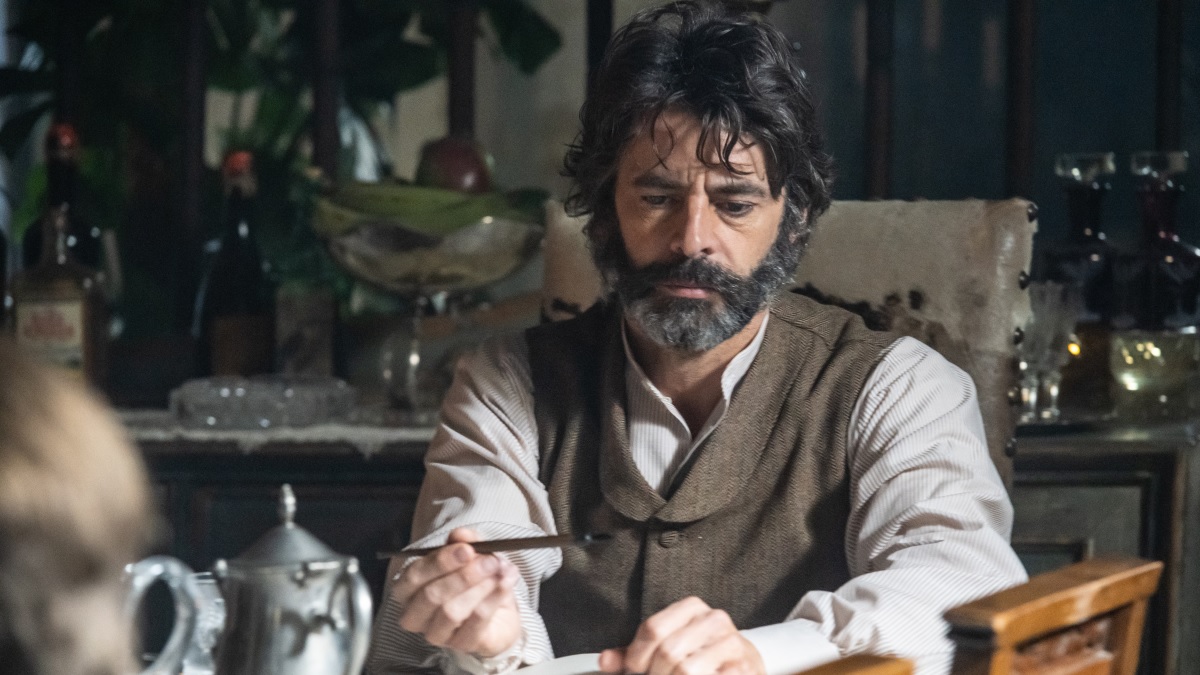
It might be a period piece, but there’s plenty of subtext in the story that’s as relevant today as it’s ever been. It sounds oxymoronic simply because of when it’s set, but was that timelessness always something you wanted to nail down?
Conor Allyn: I mean, I love history. So doing movies about history, that’s something I want to do anyways. But whenever you’re doing a period film, I think it’s really important to have like, “Why now?” you know, “Who cares?” So, if you’re going to do something that’s set 200 years ago, you better have a reason. And that was very, for me, that was very easy on this movie.
Big picture, science versus religion, fact versus belief. That’s something that we are still dealing with today. And I’m sure humanity will continue to deal with it, people nowadays often substitute belief for fact. Those are different things. You can believe something, but it doesn’t mean that there’s facts behind it, that’s just what you believe.
And, you know, I see that a lot nowadays, and that’s certainly at the heart of this movie. And also the movie, through formative years of my own, I had a lot of bullying when I was a kid. And so that, whether I liked it or not, that tends to come through my characters and in my writing. And this 19th Century version, this is about a boy who’s who’s getting bullied by his community, because he’s different. And that’s something that we still do today.
Amber said it’s a movie about love, which sounds simple enough but proves to be anything but when you watch the film from beginning to end, but is that a straightforward enough sentiment for you to agree with as its director?
Conor Allyn: Yeah, absolutely. I think you should have sort of an emotional connection to every scene, of course, over the whole movie, and what’s the one emotion that you want in the movie? And it’s hard to beat love, when it comes to what matters. What matters in the movie, but also what matters in life? And, yeah, I mean, it’s about these people who when we start this movie, there is no love.
This is a desolate, remote place. And the father and the son have no love for one another. The boy’s father believes that the kid is probably is possessed by demon, because that’s what everyone else is saying. And he’s kind of protecting the kid out of loyalty, but not love. He blames the kid for his wife’s accidental death.
And over the course of the movie, and then sort of being treated by this doctor, who’s there for his son, but also for him, he kind of finds love with his son again, and the boy who’s never really felt any emotion, he finds connection to his own father, to this doctor, who sort of becomes a de facto mother to him. And same with Amber’s character, she comes in like an icy doctor, and she finds emotional connection. That’s what we’re all looking for in life, I think, just trying to find someone to love. So even if it occurs in a way that’s a Gothic thriller, where there’s a lot of conflict and stuff, I think that’s a great thing to be striving for.
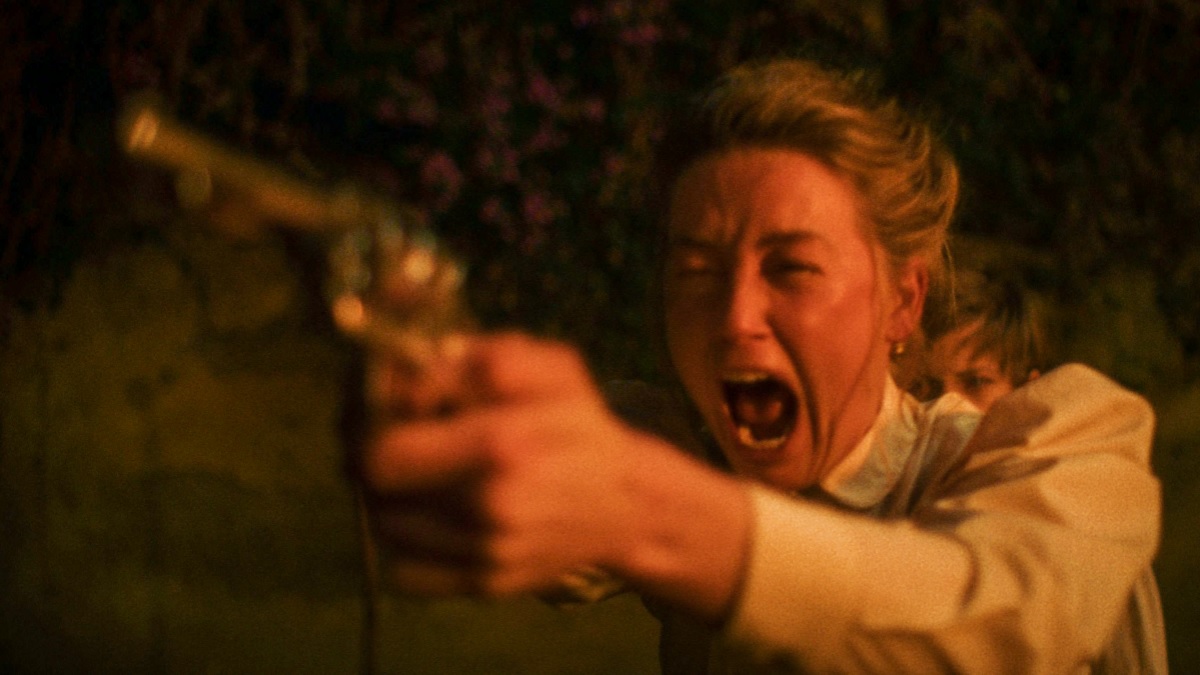
If you could make any project of your choosing without restrictions – as in, you can make whatever you want however you want for however much you want it to cost – what would it be and why would it be that?
Conor Allyn: Okay, well, I would go into deeper history and do something about, I think I would love to do something about sort of the roots of Western civilization, be it like Greek or Roman civilization. Not a huge epic, you know, war film about Rome, per se, but more about the human societal things that were set up at that time, that we’re still working out today. I don’t know if that’s like too broad for you or not. But that is a world that I would love to explore.
In the Fire releases this Friday, Oct. 13, in select theaters as well as on digital and on-demand.

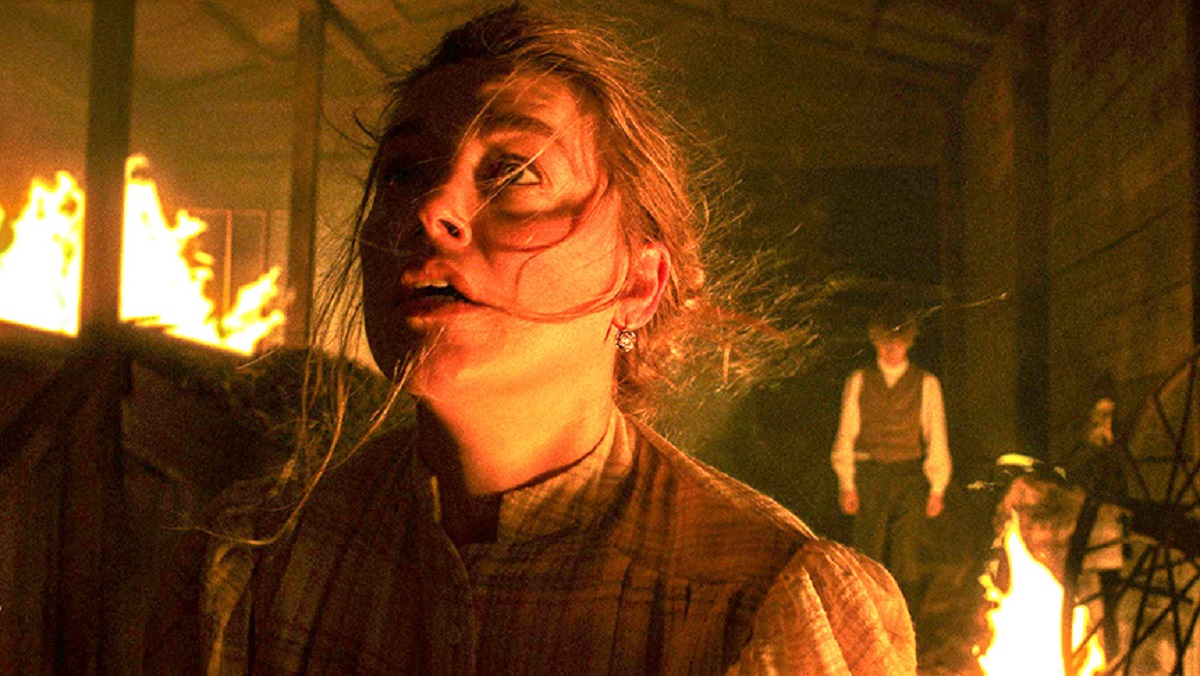









Published: Oct 11, 2023 03:19 am